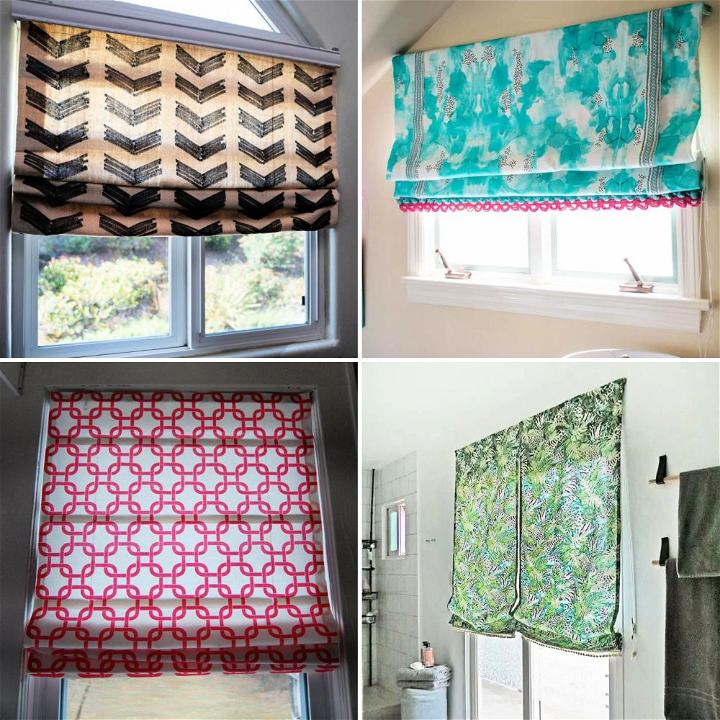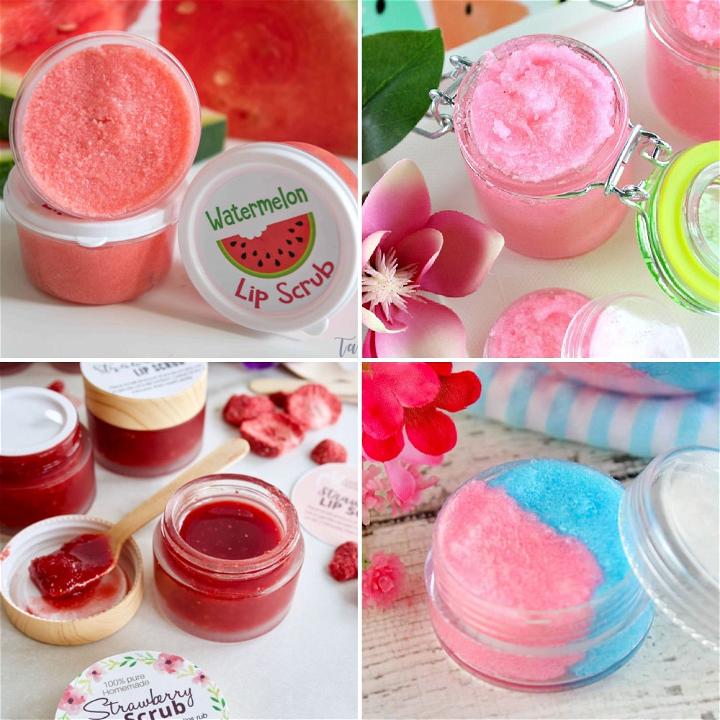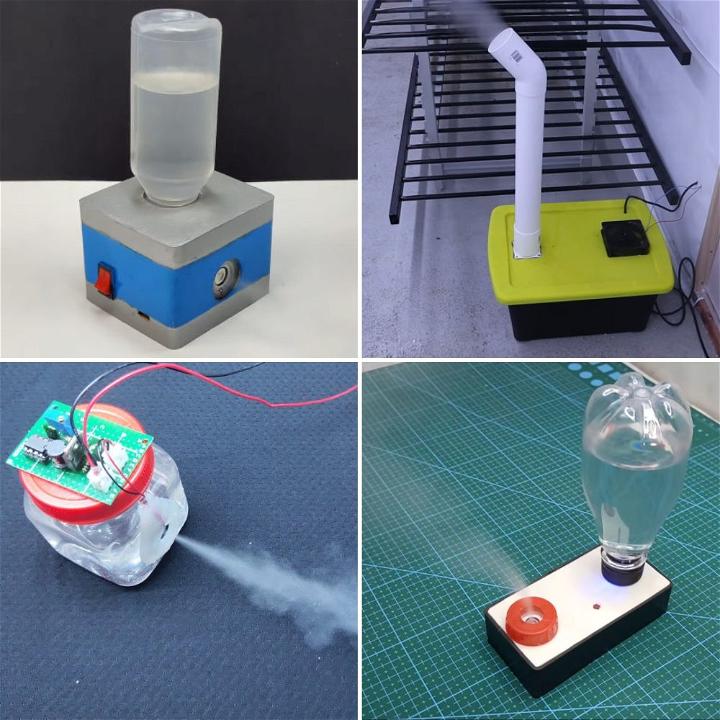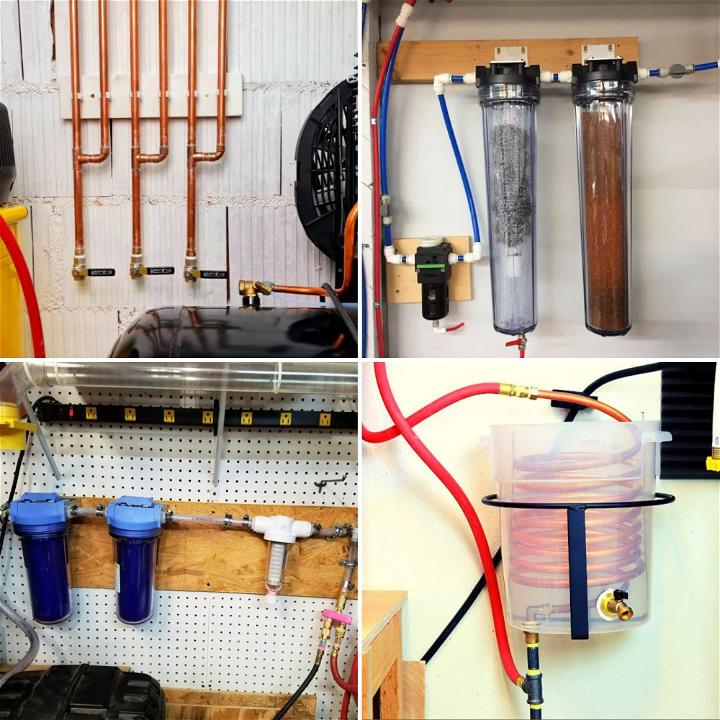Mosquitoes are more than just a nuisance; they can be carriers of serious diseases. Some mosquitoes can spread viruses like West Nile, dengue, and Zika, as well as parasites like malaria. These diseases can have a significant impact on health, with symptoms ranging from mild, short-term illness to severe, long-term conditions and, in some cases, even death.
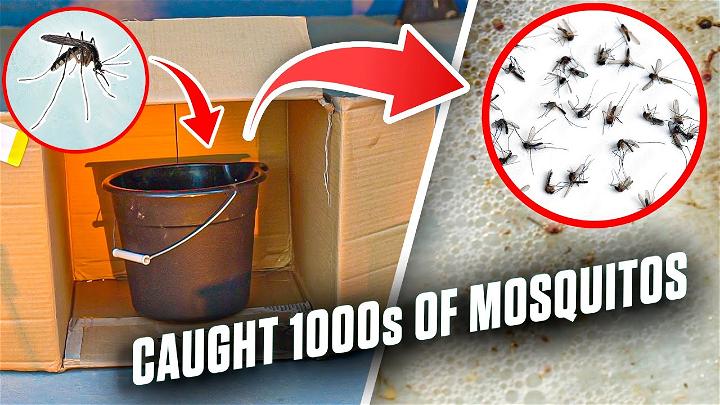
Why Mosquito Control is Essential
Controlling mosquitoes is crucial for public health. By reducing their numbers, we can limit the spread of these diseases. Local government departments and mosquito control professionals track mosquito populations and the diseases they may carry. Quick action can prevent further spread and protect people from getting sick.
What Attracts Mosquitoes?
Mosquitoes are attracted to certain environments and people for various reasons. They are drawn to:
- Carbon dioxide: We exhale carbon dioxide, which mosquitoes detect and follow.
- Body heat and sweat: Mosquitoes can sense our body heat and are attracted to the lactic acid in our sweat.
- Dark clothing: Dark colors stand out to mosquitoes against the horizon during dusk and dawn, times when they are most active.
How to Mitigate Mosquito Attraction
To make environments less attractive to mosquitoes:
- Eliminate standing water: This is where mosquitoes lay eggs. Regularly check and remove any stagnant water around your home.
- Use insect repellent: Repellents containing DEET or picaridin can help keep mosquitoes away.
- Wear light-colored clothing: Light colors are less attractive to mosquitoes.
- Keep air circulating: Mosquitoes are not strong fliers, so fans can help keep them away.
By understanding what attracts mosquitoes and taking steps to control them, we can reduce the risk of mosquito-borne diseases and make our environments safer.
How to Make Mosquitoes Trap - Step by Step Guide
Discover a step-by-step guide on making a mosquito trap, including materials, construction tips, and troubleshooting for effective pest control.
What You'll Gain
By following this guide, you will learn to make a mosquito trap using simple materials. This trap is designed based on the behavior and preferences of mosquitoes, ensuring high effectiveness. You'll also discover additional tips to reduce mosquito presence around your home.
Understanding Mosquito Behavior
Mosquitoes are attracted to dark spaces and carbon dioxide, which is why this trap uses a combination of yeast (to produce CO2) and a dark container. The soap added to the water breaks the surface tension, ensuring mosquitoes that touch the water cannot escape.
Materials Needed:
- A black container or a bottle wrapped in black construction paper
- Warm water (about 120 degrees Fahrenheit or 50 degrees Celsius)
- Brown sugar (2 tablespoons)
- Active dry yeast
- Dish soap (a teaspoon)
- A cardboard box (optional)
Steps to Build the Mosquito Trap
- Prepare the Solution: Dissolve two tablespoons of brown sugar in warm water. Ensure the water is not too hot to kill the yeast. Transfer this solution to your black container.
- Activate the Yeast: Add the active dry yeast to the solution. There's no need to mix it as the yeast will activate and start producing CO2, attracting mosquitoes.
- Add Dish Soap: Stir in a teaspoon of dish soap. This step is crucial as it breaks the water's surface tension, trapping the mosquitoes.
- Set the Trap: If you're using a bottle, ensure it's wrapped in black paper to make it more inviting for mosquitoes. For enhanced effectiveness, place the container in a slightly open cardboard box to make a dark, enticing space for the mosquitoes.
- Placement: Locate the trap in an area where you've noticed significant mosquito activity. Preferably choose a shaded spot since direct sunlight can affect the yeast's activity.
Tips for Success
- Regularly Refresh the Trap: Replace the mixture every two weeks to maintain its effectiveness.
- Multiple Traps: Depending on your outdoor area's size, consider setting up several traps to cover more ground.
- Avoid Standing Water: Eliminate any standing water around your property, as it serves as a breeding ground for mosquitoes.
Troubleshooting
If the trap isn't catching many mosquitoes, ensure it's placed in the right area. Mosquitoes are usually more active during dawn and dusk, so setting the trap in their favorite spots during these times increases your chances of catching them.
The "Why" Behind the Steps
- Warm Water: Helps dissolve the sugar and activates the yeast more quickly, producing CO2.
- Brown Sugar: Feeds the yeast, increasing CO2 production.
- Dish Soap: Mosquitoes are adept at landing on water. The soap disrupts this ability, causing them to drown.
Video Tutorial
For a step-by-step visual guide on making and deploying this mosquito trap, watch this comprehensive video tutorial on YouTube:
You'll see the trap in action and get additional insights to guide you through the process.
Comparison With Commercial Mosquito Traps
When considering mosquito control options, it's helpful to compare DIY traps with commercial ones. Commercial traps often use a combination of lures, such as UV light, carbon dioxide, and heat, to attract mosquitoes. They can be highly effective but may come with a higher price tag and require ongoing maintenance, like replacing attractants or power sources.
Advantages of DIY Mosquito Traps
- Cost-effective: Generally cheaper to make and maintain.
- Customizable: Can be tailored to specific needs or available materials.
- Eco-friendly: Often use natural or recycled materials, reducing environmental impact.
Considerations for Commercial Traps
- Ease of use: Typically ready to use out of the box.
- Coverage area: May offer a larger area of protection.
- Longevity: Designed for durability and long-term use.
By weighing these factors, you can choose the best mosquito control method for your situation, balancing effectiveness, cost, and environmental considerations.
Updates and Innovations in Mosquito Control
The field of mosquito control is constantly evolving, with new technologies and methods being developed to combat these pests more effectively and sustainably.
Recent Innovations
- Genetic control: Techniques like the Sterile Insect Technique (SIT) and gene drive technology aim to reduce mosquito populations by interfering with their reproduction.
- Biological control: Utilizing natural predators or bacteria like Wolbachia to suppress mosquito populations.
- Attractive toxic sugar baits (ATSB): These baits lure mosquitoes with a sweet solution and then deliver a lethal dose of insecticide.
The Future of Mosquito Control
Looking ahead, we can expect continued advancements in mosquito control, including more targeted and environmentally friendly approaches. These innovations not only aim to reduce the nuisance of mosquitoes but also the spread of mosquito-borne diseases, improving public health globally.
By staying informed about these developments, you can adopt the most effective and responsible mosquito control strategies for your needs.
FAQs About DIY Mosquito Traps
Explore FAQs on DIY mosquito traps: best baits, indoor use, safety for pets & children, and bait replacement frequency.
How often should I replace the bait in my DIY mosquito trap?
You should replace the bait every 2-3 weeks to ensure the trap remains effective. Fresh bait will continue to attract mosquitoes and keep your trap working efficiently.
Can I use the DIY mosquito trap indoors?
Yes, you can use the trap indoors. However, it's essential to place it in an area where mosquitoes are prevalent, such as near windows or doors where they might enter.
What is the best bait for a DIY mosquito trap?
A mixture of sugar and yeast is an effective bait for DIY mosquito traps. The yeast ferments the sugar, releasing carbon dioxide, which attracts mosquitoes.
Does a dish of soapy water work as a mosquito trap?
Yes, a dish of soapy water can work as a mosquito trap. The soap makes a film on the water's surface, trapping and drowning the mosquitoes that land on it.
Are DIY mosquito traps safe for pets and children?
DIY mosquito traps are generally safe for pets and children, especially if they use non-toxic materials like sugar, yeast, and water. However, always place traps out of reach to prevent accidental ingestion or spillage.
25 Easy DIY Mosquito Trap Ideas
Discover 25 easy DIY mosquito trap ideas to keep your home bug-free. Learn to make simple, effective traps using everyday materials.

1. Make Your Own Mosquito Trap
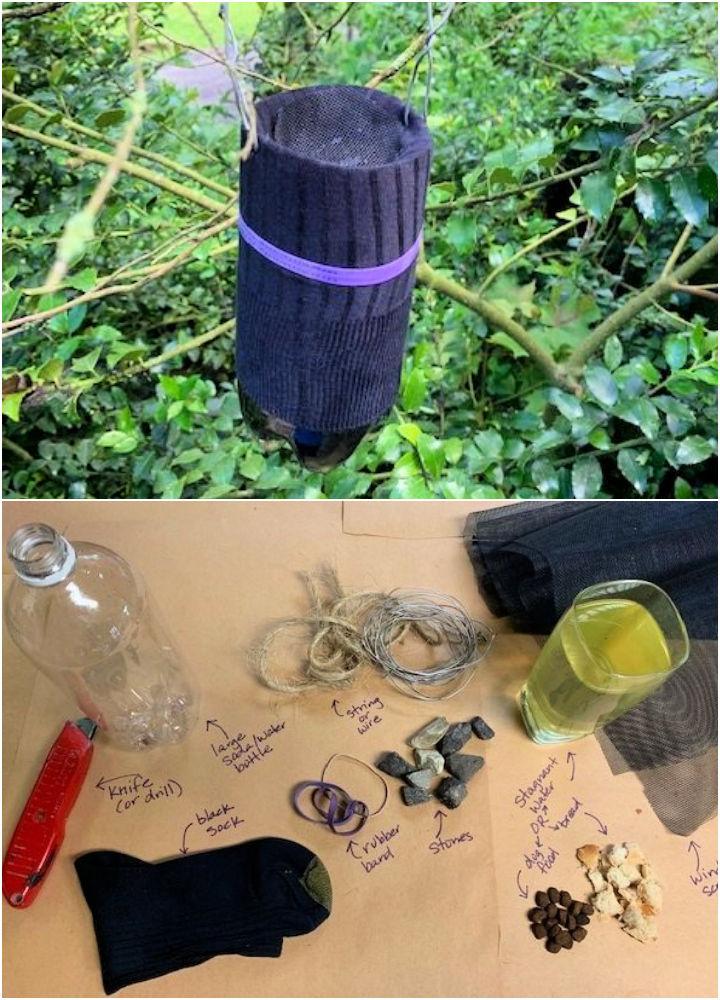
Mosquito traps are great for keeping those pesky insects at bay. Making one at home can be a fun, eco-friendly project, utilizing materials you likely already have. It's a budget-friendly solution that offers peace of mind and comfort in mosquito-prone areas.
2. DIY Mosquito Trap Using Plastic Bottle

With just a plastic bottle, some sugar water, and yeast, you can make a mosquito trap. This effective method uses carbon dioxide to lure mosquitoes, trapping them securely. It's an ingenious solution that reuses plastic bottles, making it good for the environment too.
3. How to Make Mosquitoes Trap
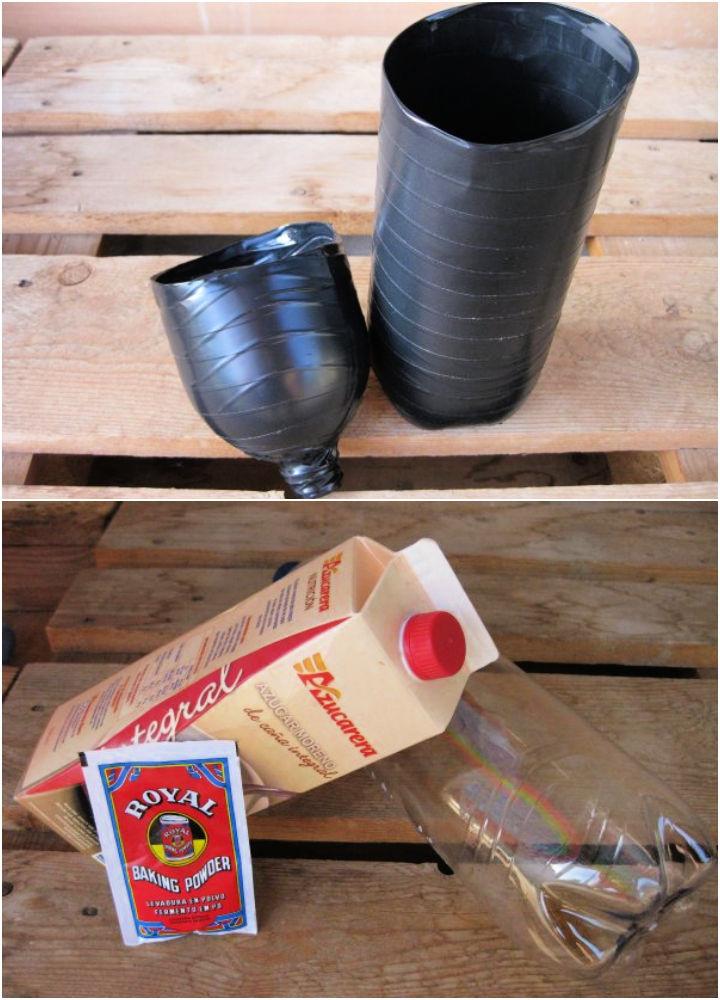
Making a mosquito trap can be as simple as combining water, sugar, and yeast in a container. Mosquitoes are drawn to the CO2 emitted, finding themselves unable to leave. This super simple method offers a safe, chemical-free way to reduce local mosquito populations.
4. Make a Plastic Bottle Mosquito Trap
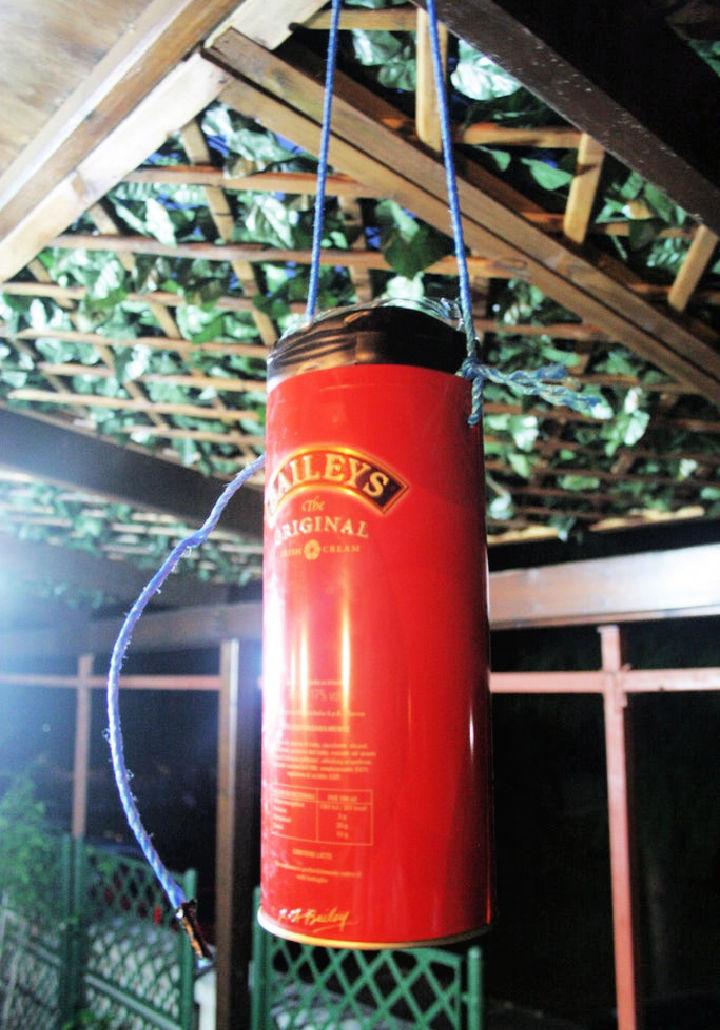
Transform a plastic bottle into a mosquito-catching device by cutting it and inverting the top. Combine warm water, sugar, and yeast to attract mosquitoes. This simple design is straightforward yet effective, providing a reusable option for those seeking alternatives to chemical repellents.
5. Eco-Friendly DIY Mosquito Traps
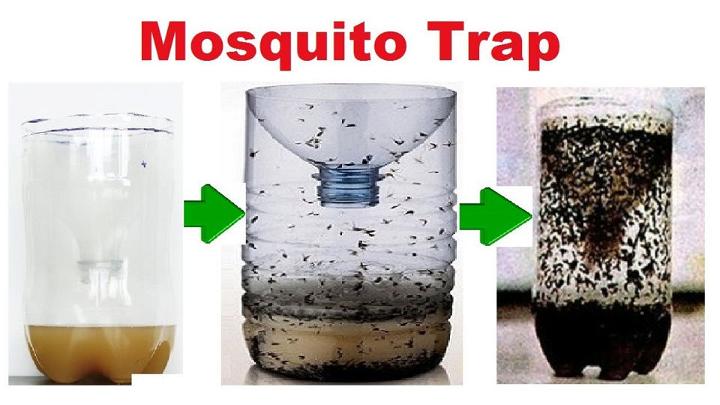
Making a mosquito trap from scratch not only helps reduce mosquito bites but also benefits the planet by repurposing household items. Using ingredients that are natural and safe, makes this trap ideal for homes with pets and children.
6. DIY Outdoor Mosquito Trap

Tackling mosquitoes outdoors requires a solid strategy. A homemade trap placed in your garden or patio can significantly reduce unwanted guests during your outdoor gatherings. Using simple, everyday materials, this solution is both cost-effective and environmentally friendly.
7. How to Trap Mosquitoes in House
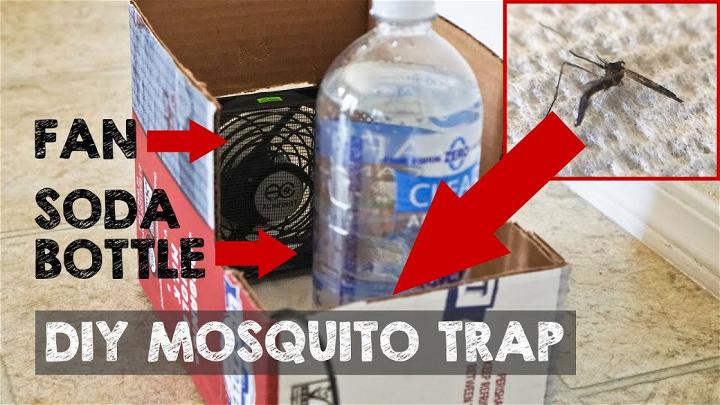
To keep your indoor environment mosquito-free, consider a homemade trap using a flown source and a container. Placing several around your home can offer relief from mosquito bites, especially in peak seasons. It's a discreet and effective method for maintaining a peaceful home.
8. Electronic Mosquito Trap Using Recyclable Materials
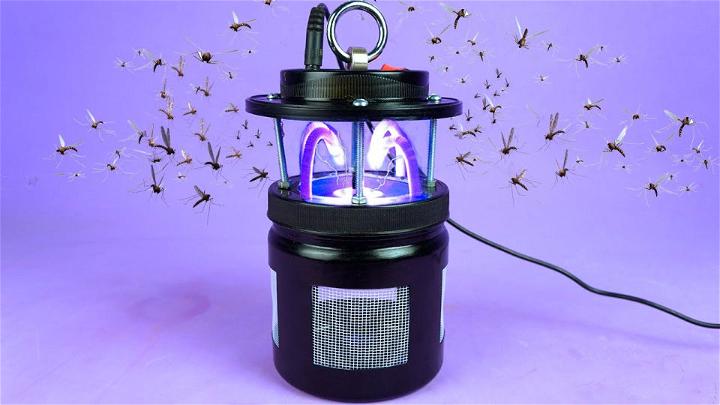
Combining technology with recycling, you can make an electronic mosquito trap. Utilize old electronic components and a power source to design a trap that attracts and zaps mosquitoes. It's a creative solution for tech enthusiasts looking to repurpose electronic waste.
9. Homemade 5 Gallon Pail Mosquito Trap
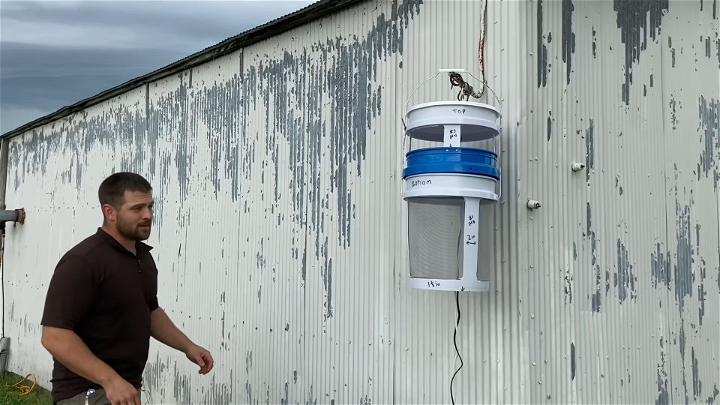
A 5-gallon pail, when configured with a CO2 source and attractants, can become a high-capacity mosquito trap. Ideal for larger areas, this version offers extended protection without frequent maintenance, making it perfect for backyards and outdoor event spaces.
10. DIY Mosquito Killer Machine
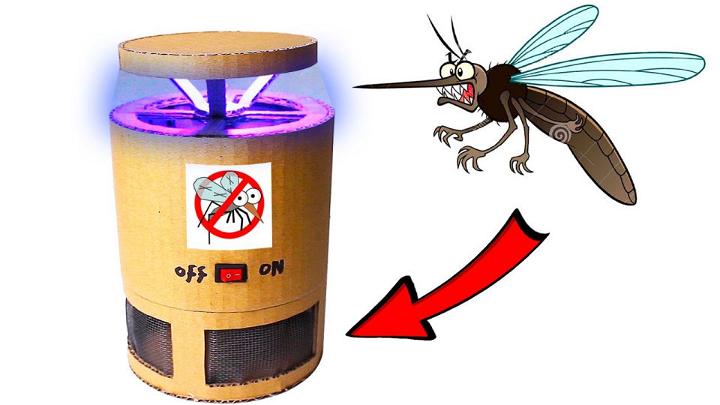
Making your mosquito killer machine might sound complex, but with some electrical knowledge and basic materials, it's quite achievable. This setup can offer a more permanent solution to mosquito problems, incorporating lights and fans to attract and capture mosquitoes efficiently.
11. How to Make Mosquito Killer Machine at Home
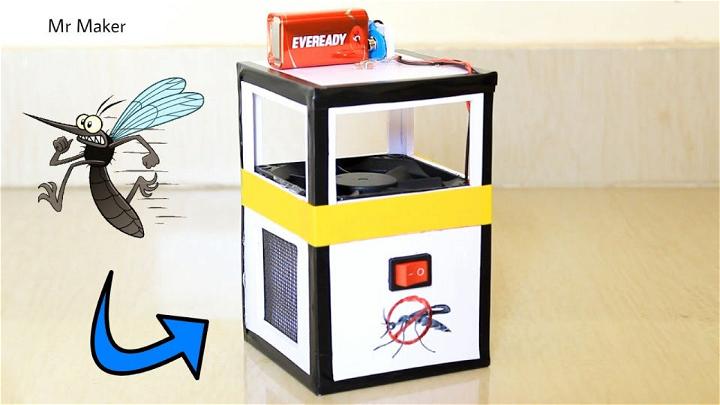
Making your mosquito killer machine is surprisingly simple. Gather basic household items, including a fan, metal mesh, and rubbing alcohol. The fan draws mosquitos closer, while the metal mesh traps and eradicates them with alcohol's help. This eco-friendly solution keeps your evenings peaceful and bite-free.
12. DIY Automatic Mosquito Killer Machine

For those who enjoy tinkering, crafting an automatic mosquito killer can be both fun and effective. Utilize a small motor, a light source to attract mosquitos, and a trapping mechanism. This project combines technology with practicality, ensuring your spaces remain mosquito-free with minimal effort.
13. Mosquito Water Trap With Yeast and Sugar Formula
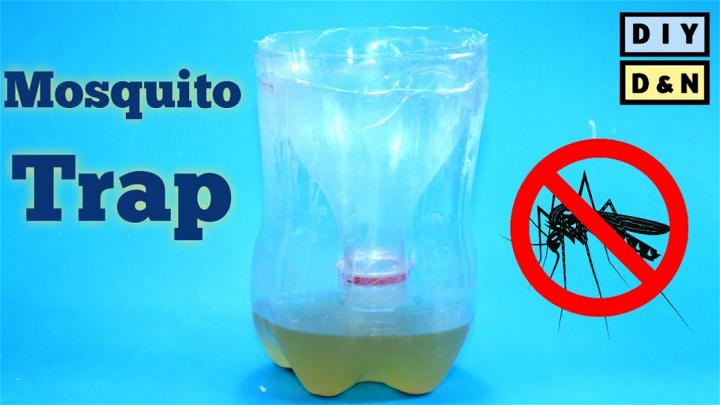
Dive into a natural approach with a mosquito water trap. Mix yeast and sugar in water to make carbon dioxide, mimicking human breath, which attracts mosquitoes. This affordable, chemical-free method draws mosquitoes in, trapping them effectively. It's a safe choice for homes with pets and children.
14. In-Home Mosquito Killer Lamp Tutorial
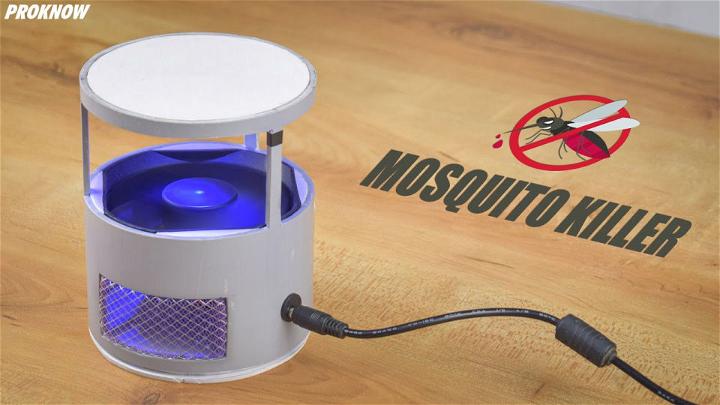
Illuminate your space while keeping mosquitos at bay with a homemade mosquito killer lamp. LED lights coupled with an electric grid can provide a serene ambiance and a mosquito-free environment. It's an artistic and functional addition to any room.
15. Handmade Indoor Mosquito Trap
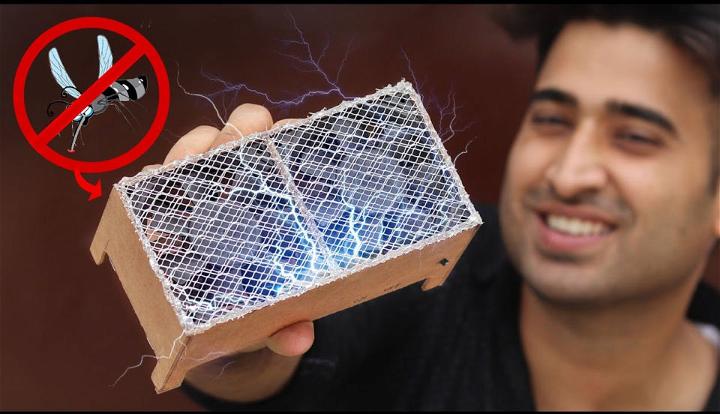
Making your indoor mosquito trap can offer an eco-friendly solution to those pesky invaders. Utilizing simple materials like bottles, sugar water, and yeast, this handmade device attracts and traps mosquitoes without the need for harsh chemicals.
Not only is it cost-effective, but it also adds a touch of personalization to your home. Enjoy a peaceful environment, knowing you're contributing positively to your surroundings.
16. DIY Mosquito Catcher
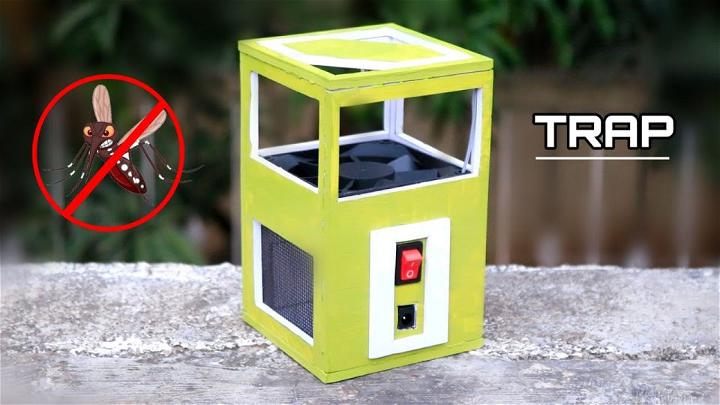
Tackling mosquitoes doesn't have to be complex. A DIY mosquito catcher utilizes household items, offering a cost-effective and environmentally friendly solution. It's cleverly designed to attract and trap mosquitoes, cutting down on irritants in your outdoor spaces.
17. Homemade Mosquito Insect Killer
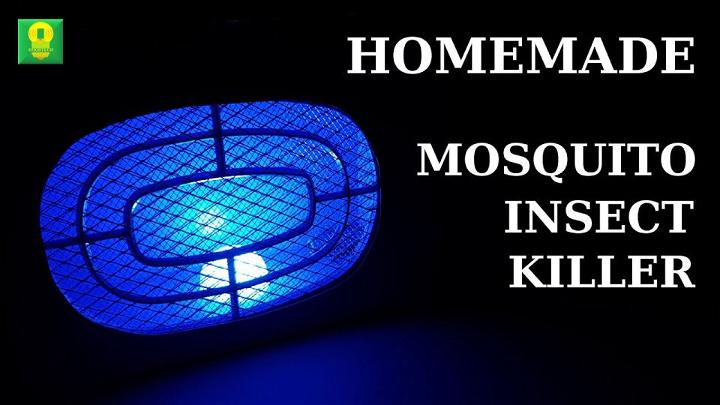
Make your homemade mosquito insect killer using simple materials. This not only guarantees a safer environment by avoiding harmful chemicals but is also gentle on your budget. Its effectiveness lies in combining everyday items to ward off pesky mosquitoes.
18. Easy 5 Gallon Pail Mosquito Trap
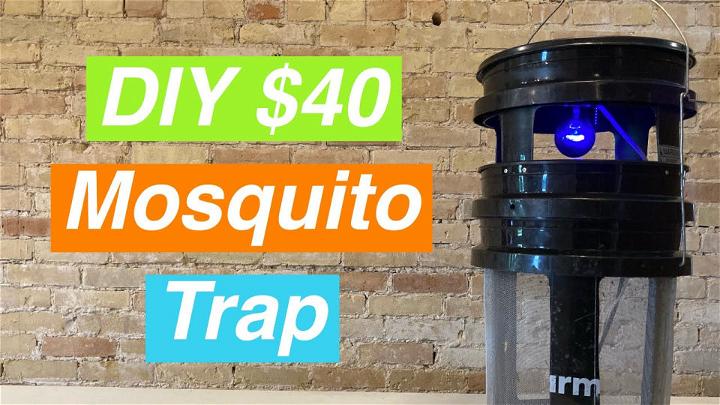
Utilizing a 5-gallon pail, you can construct an effective mosquito trap. This straightforward approach leverages size and volume to capture a large number of mosquitoes, ideal for protecting larger areas like backyards or gardens.
19. Natural Mosquito Trap Used Any Cooking Oil
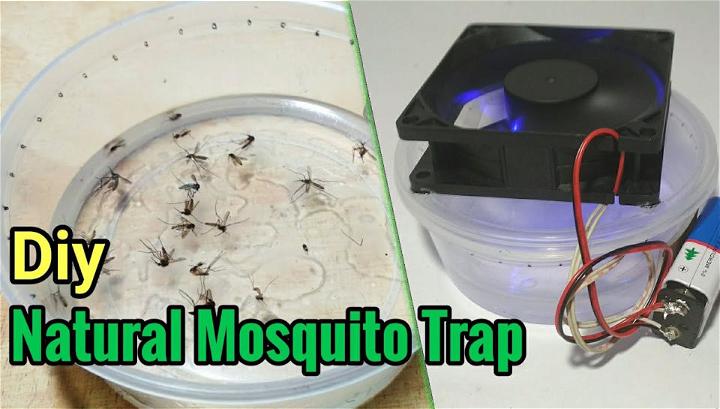
Employ cooking oil in a novel way by designing a natural mosquito trap. The oil's viscosity traps mosquitoes without the use of synthetic chemicals. This method is ingenious in its simplicity and uses materials readily available in any kitchen.
20. Make a Rechargeable Mosquito Killer Machine
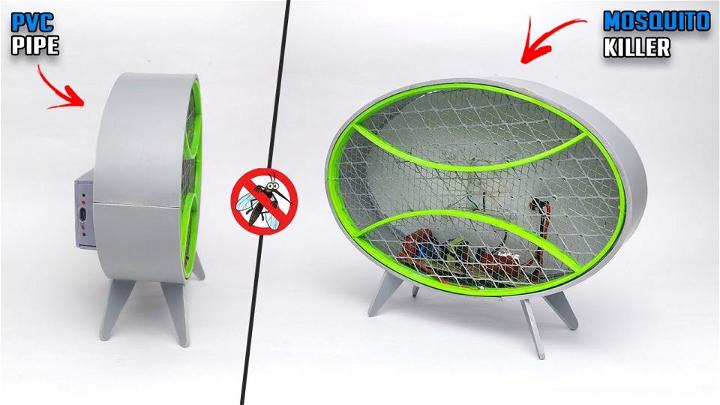
Engage in building a rechargeable mosquito killer that's both eco-friendly and portable. Its reusable nature ensures longevity and contributes to waste reduction. This machine is designed for those looking for an effective, yet green, mosquito control solution.
21. Cheap DIY Mosquito Killer Lamp
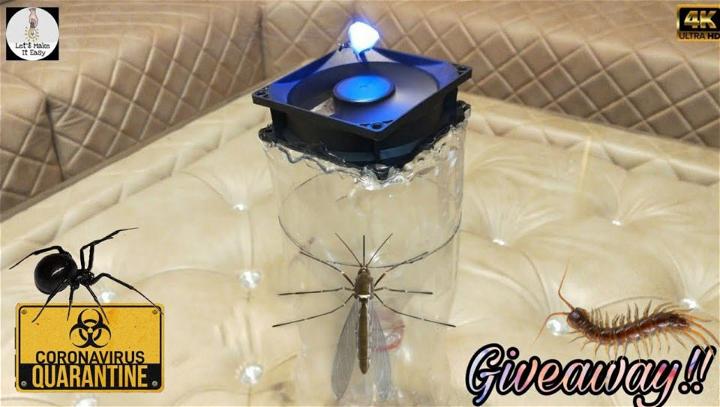
Illuminate your space and combat mosquitoes with a DIY killer lamp. This budget-friendly project combines light attraction with an extermination mechanism, making your evenings more pleasant. The dual-purpose design adds value while keeping mosquitoes at bay.
22. Simple Low-Cost Mosquito Trap
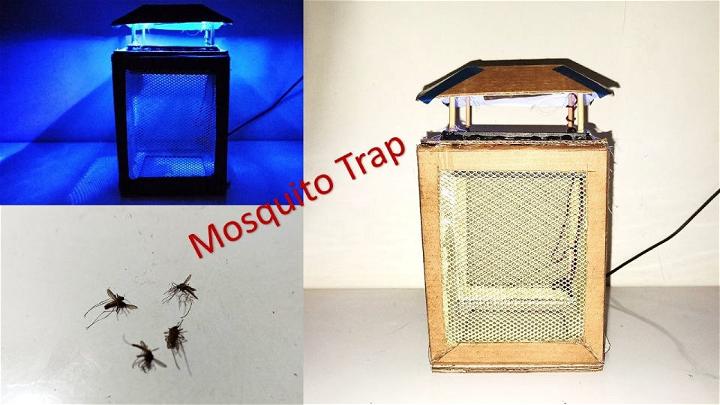
A simple, low-cost mosquito trap can be remarkably effective, using basic materials for assembly. Its cost-efficiency doesn't compromise its functionality, offering a solutions-driven approach to mosquito control without breaking the bank.
23. Make a Super Mosquito Killer at Home
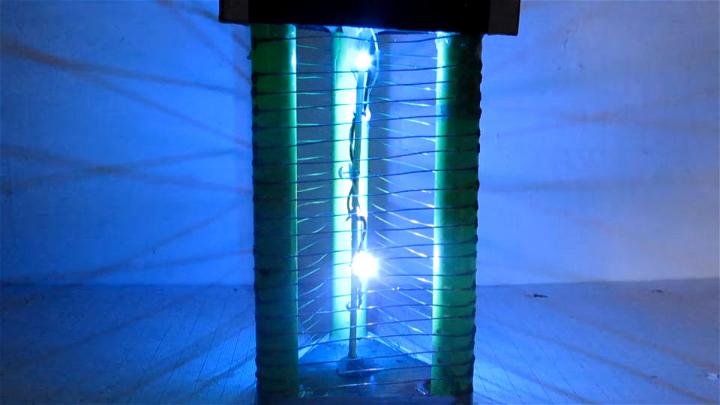
Embrace the challenge of making a super mosquito killer using items found around your home. This method amplifies the effectiveness of traditional methods, offering a robust solution to mosquito problems. It's a testament to what can be achieved with a bit of ingenuity.
24. DIY Electric Mosquito Trap
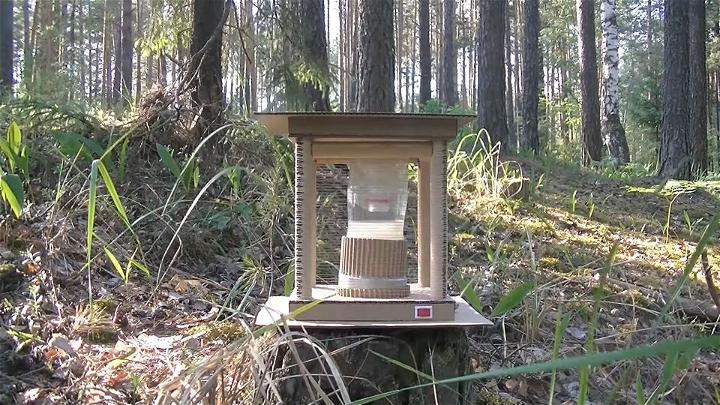
Building an electric mosquito trap combines simplicity with technology. This DIY project caters to those who prefer a more hands-on approach to mosquito control, using electrical components to efficiently reduce mosquito populations in the desired area.
25. DIY Killer Machine to Catch Mosquito
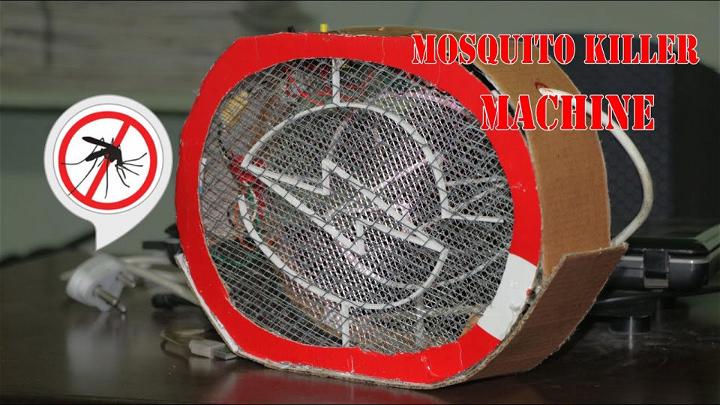
Channel your inner craftsman by constructing a DIY killer machine specifically designed to catch mosquitoes. This project is tailored for individuals who enjoy tackling problems with creative solutions, offering a personalized approach to mosquito control.
Conclusion:
In conclusion, making your DIY mosquito trap is a cost-effective and efficient way to control those pesky bugs in your outdoor space. By following the step-by-step guide provided, you can easily set up your trap and enjoy a mosquito-free environment. Don't let these insects ruin your outdoor activities - take matters into your own hands with a homemade mosquito trap.

